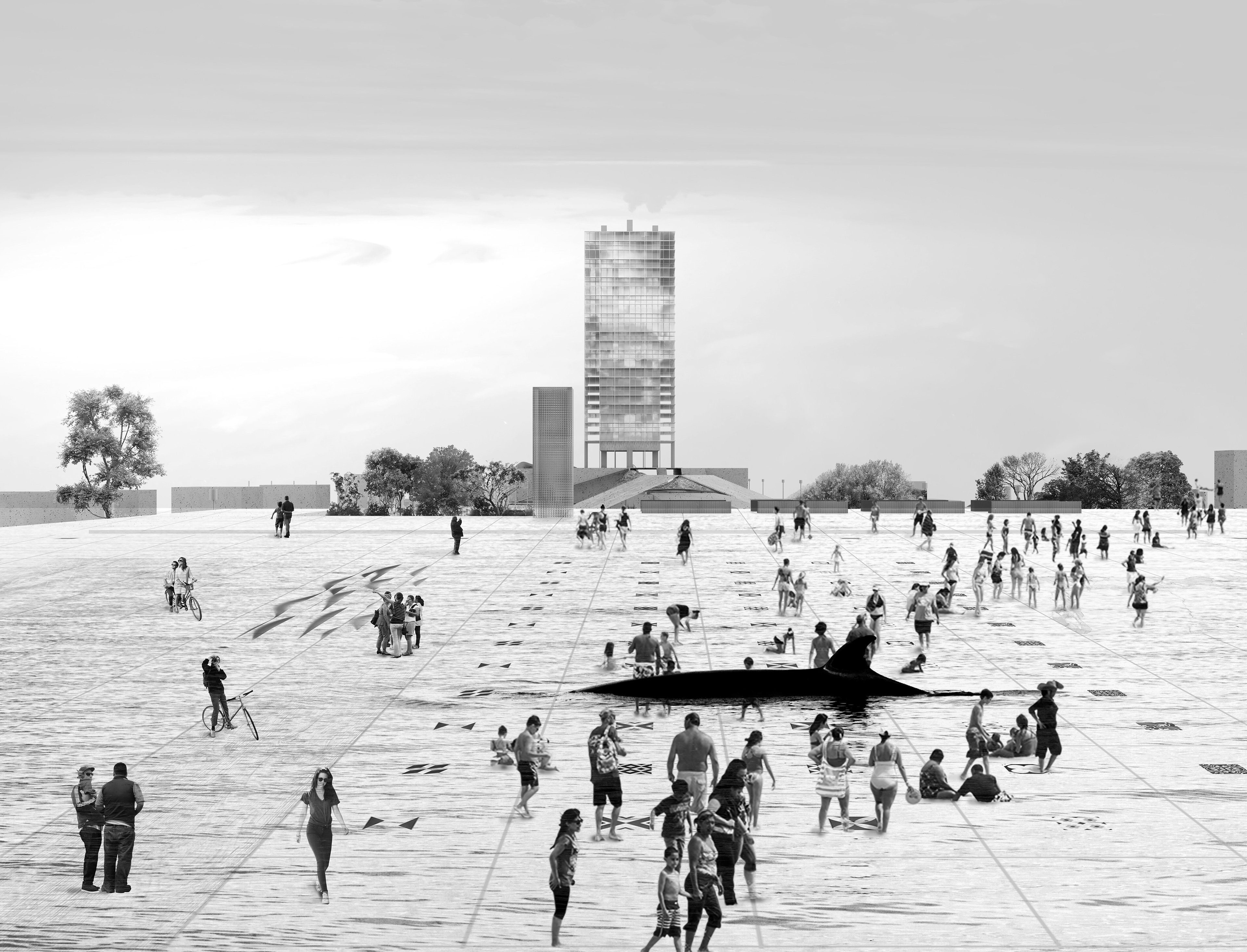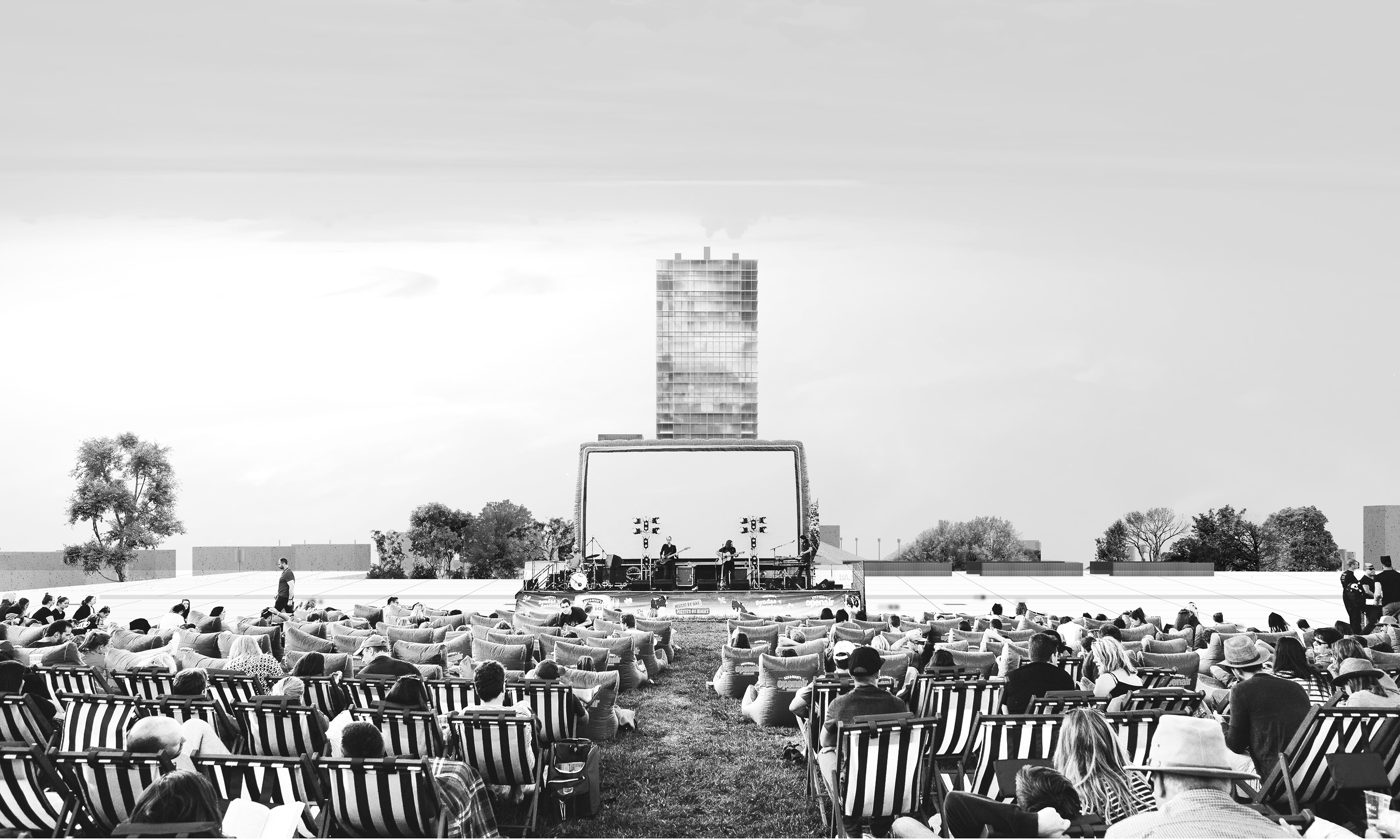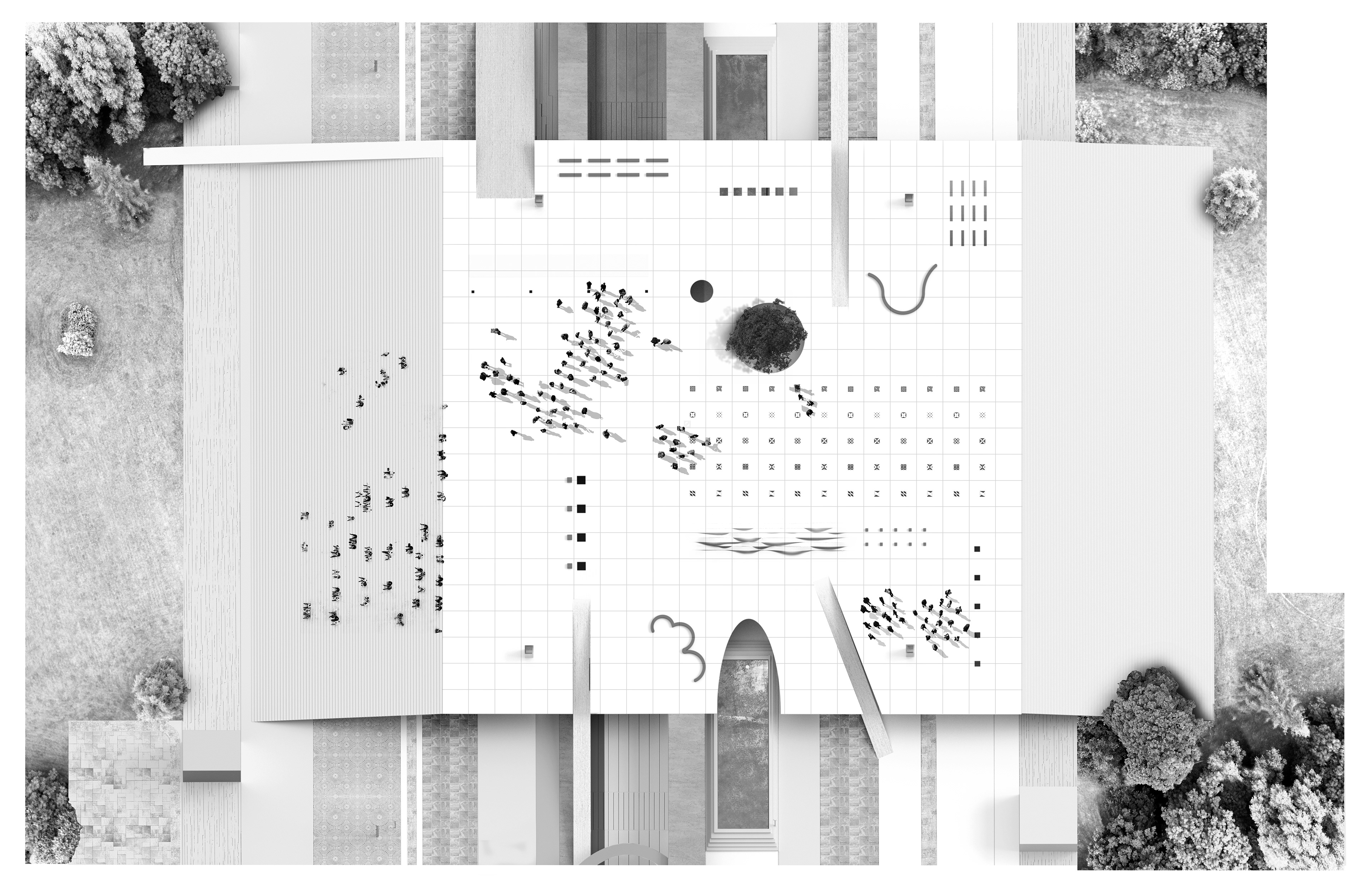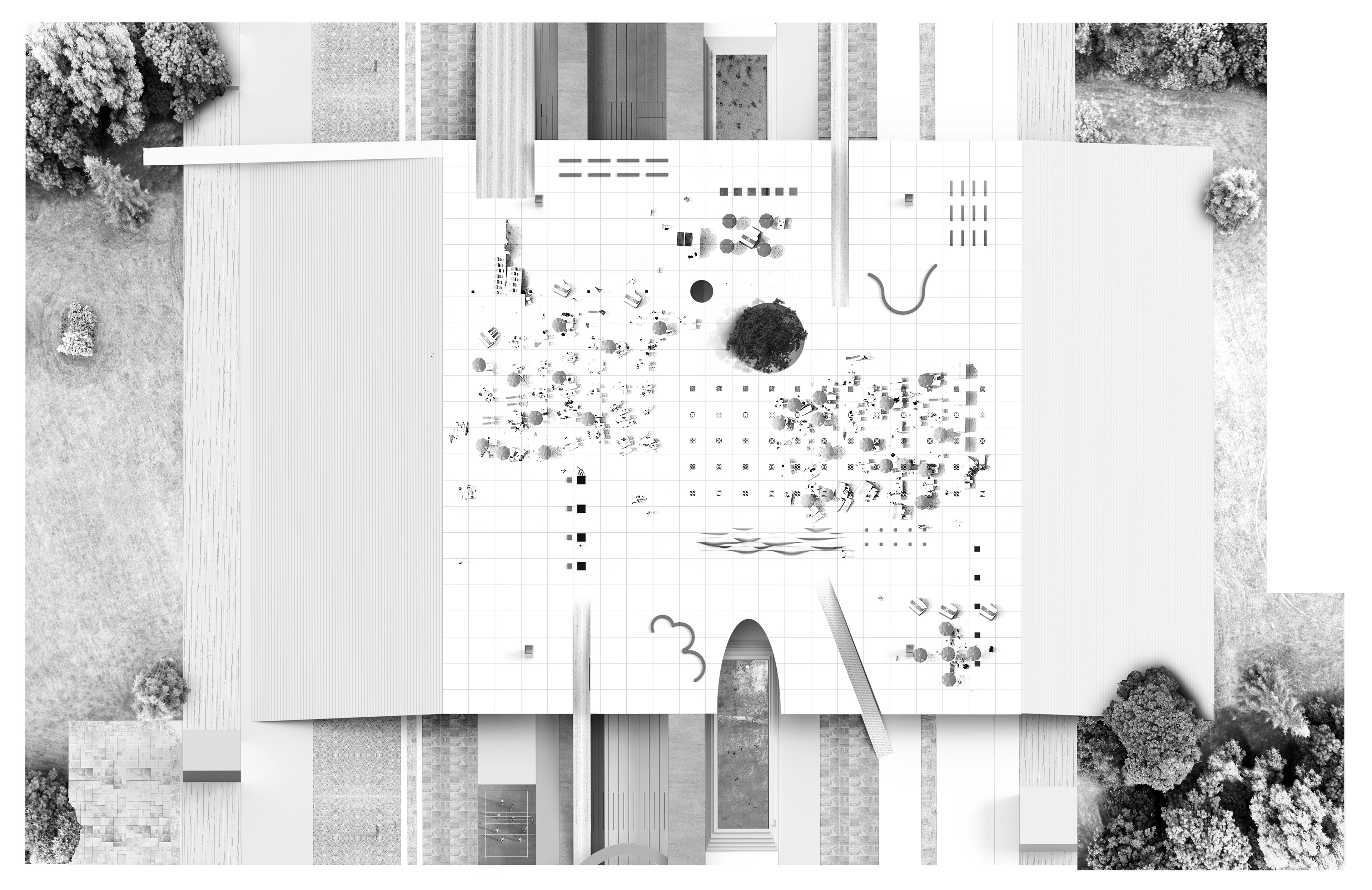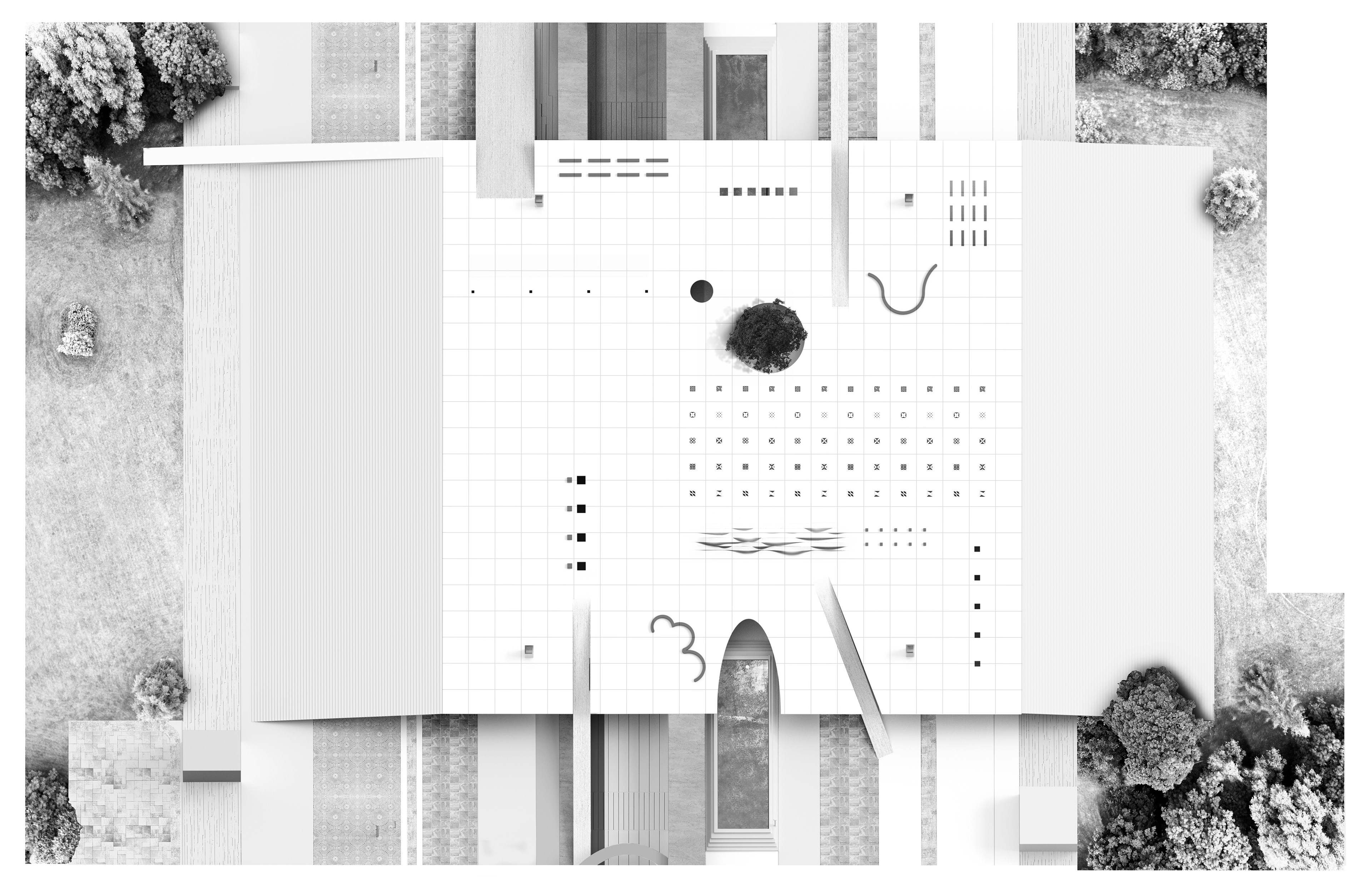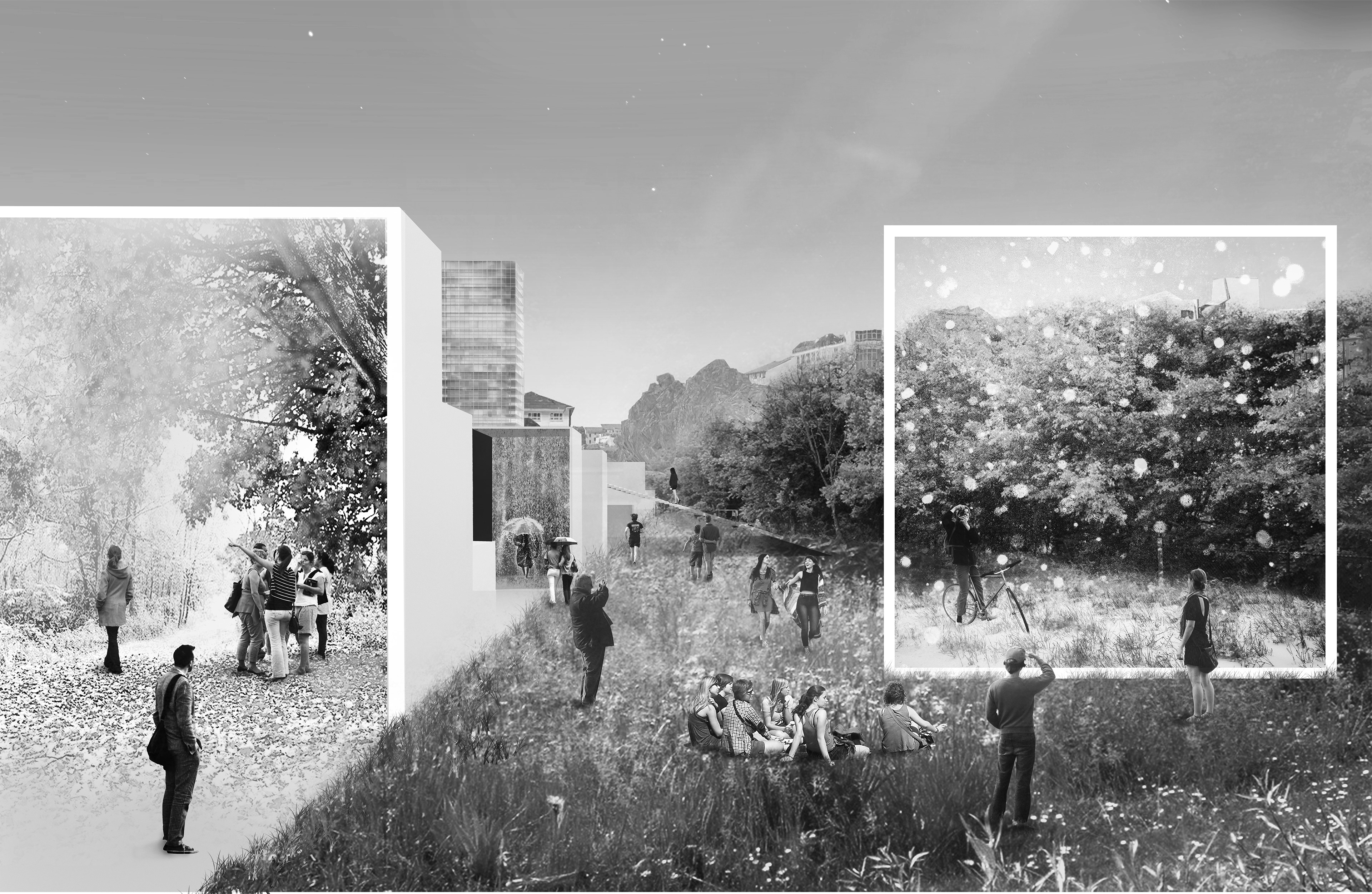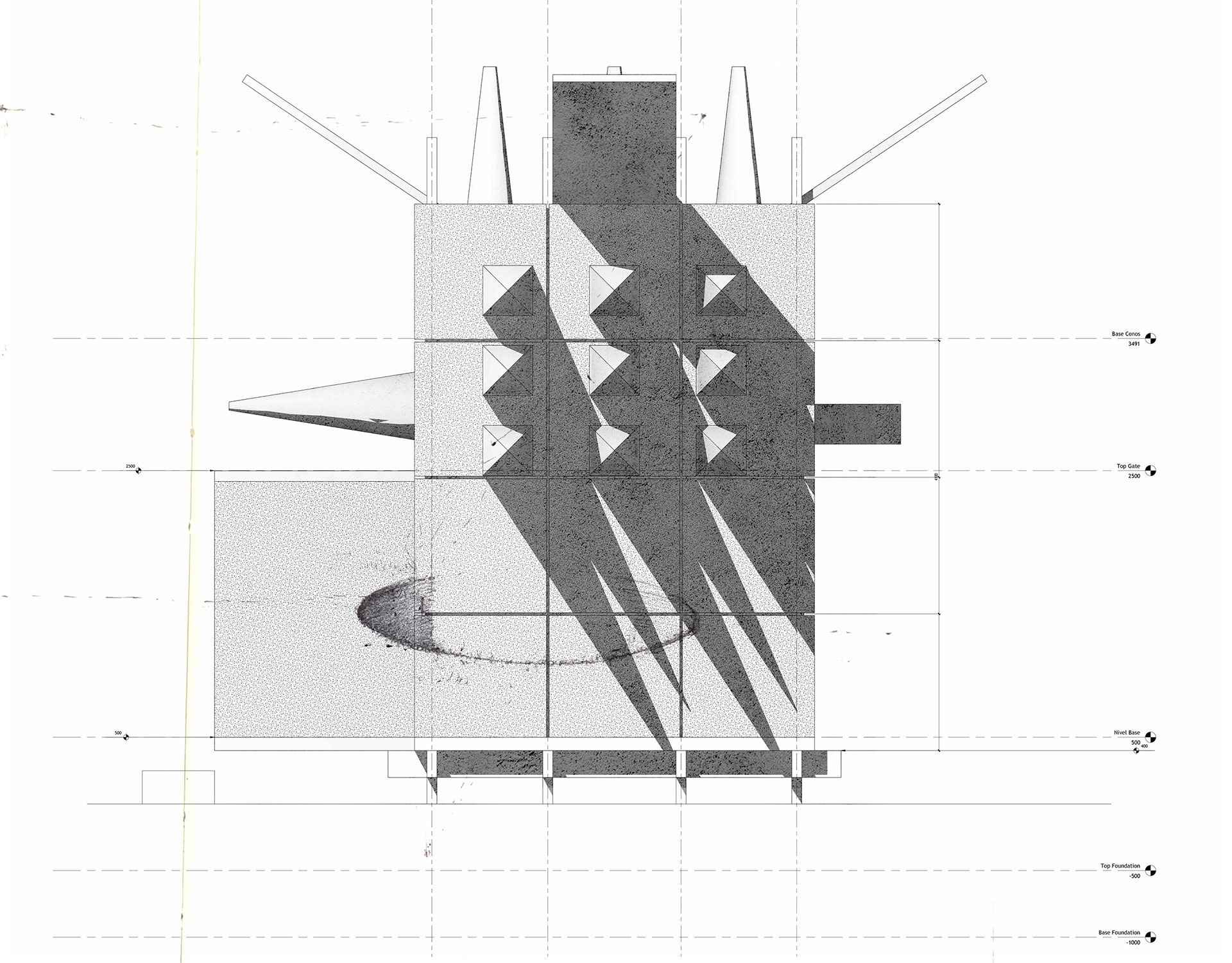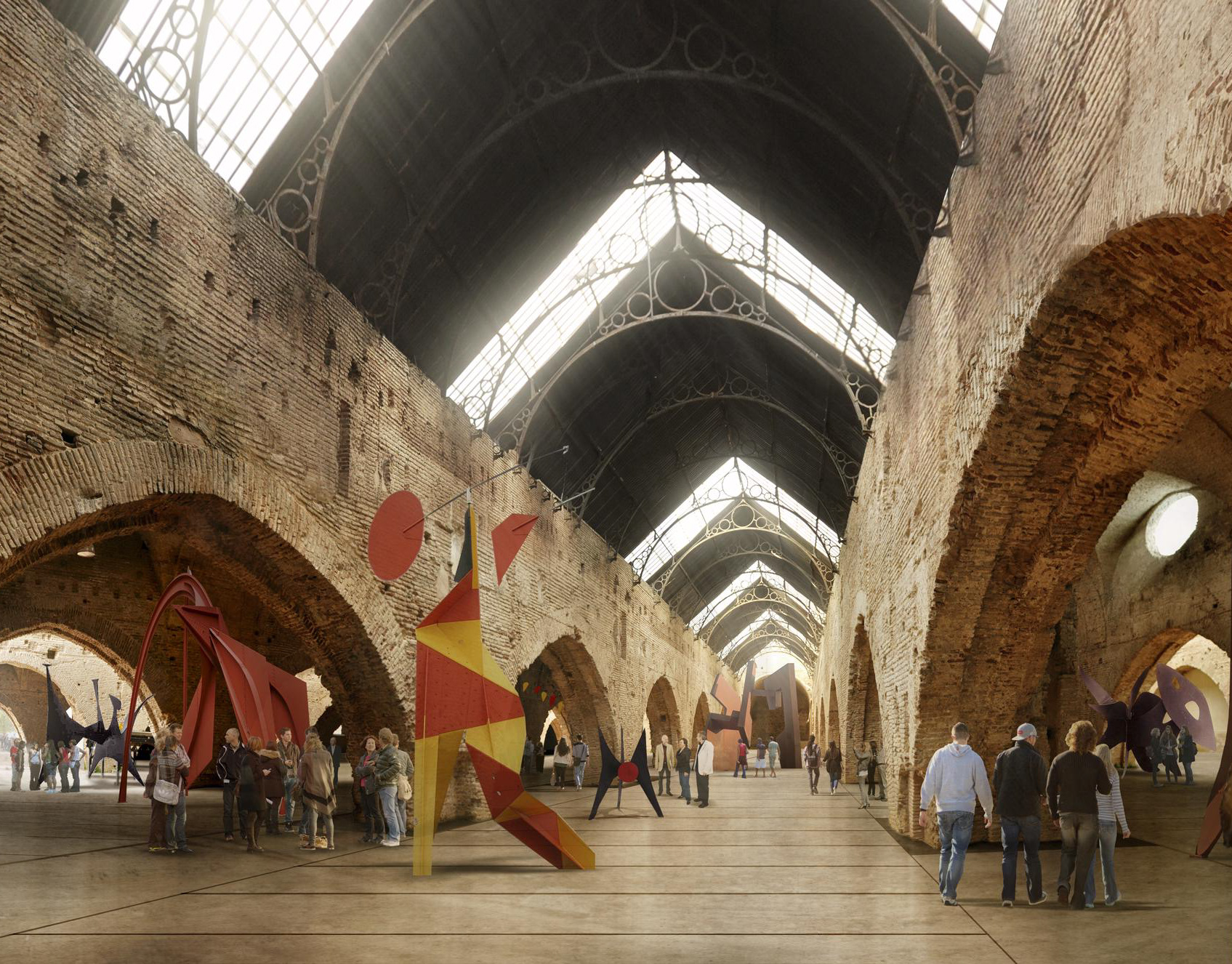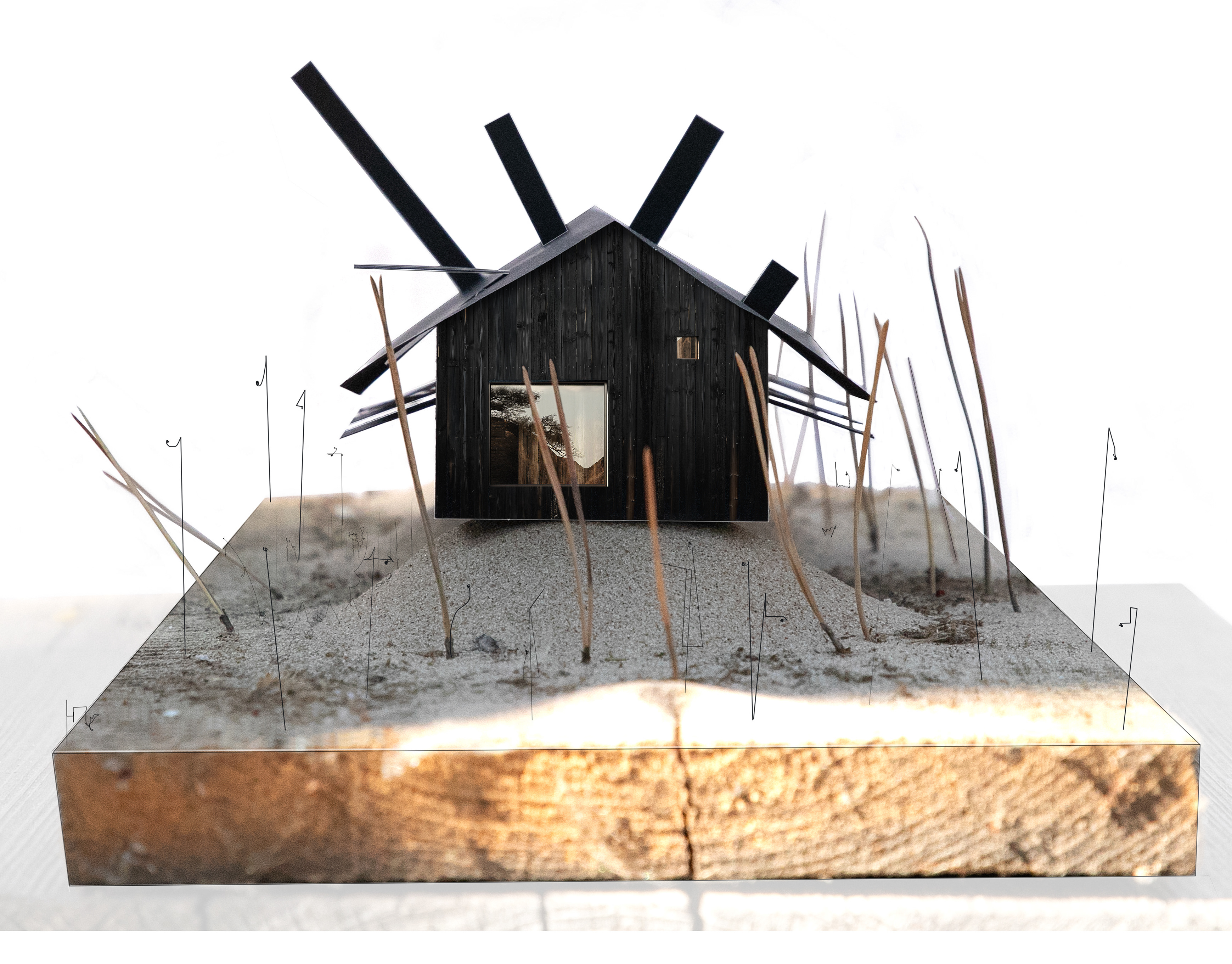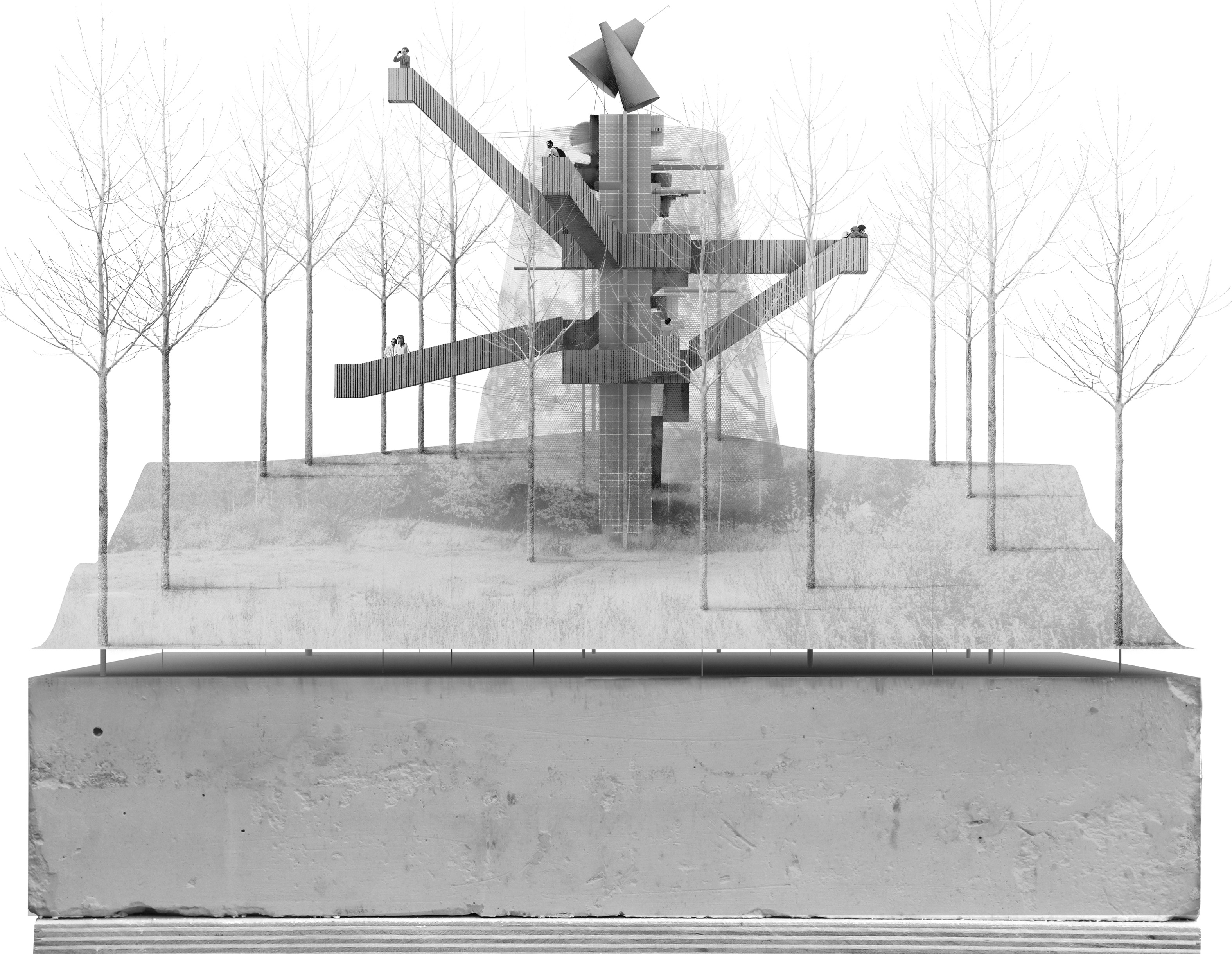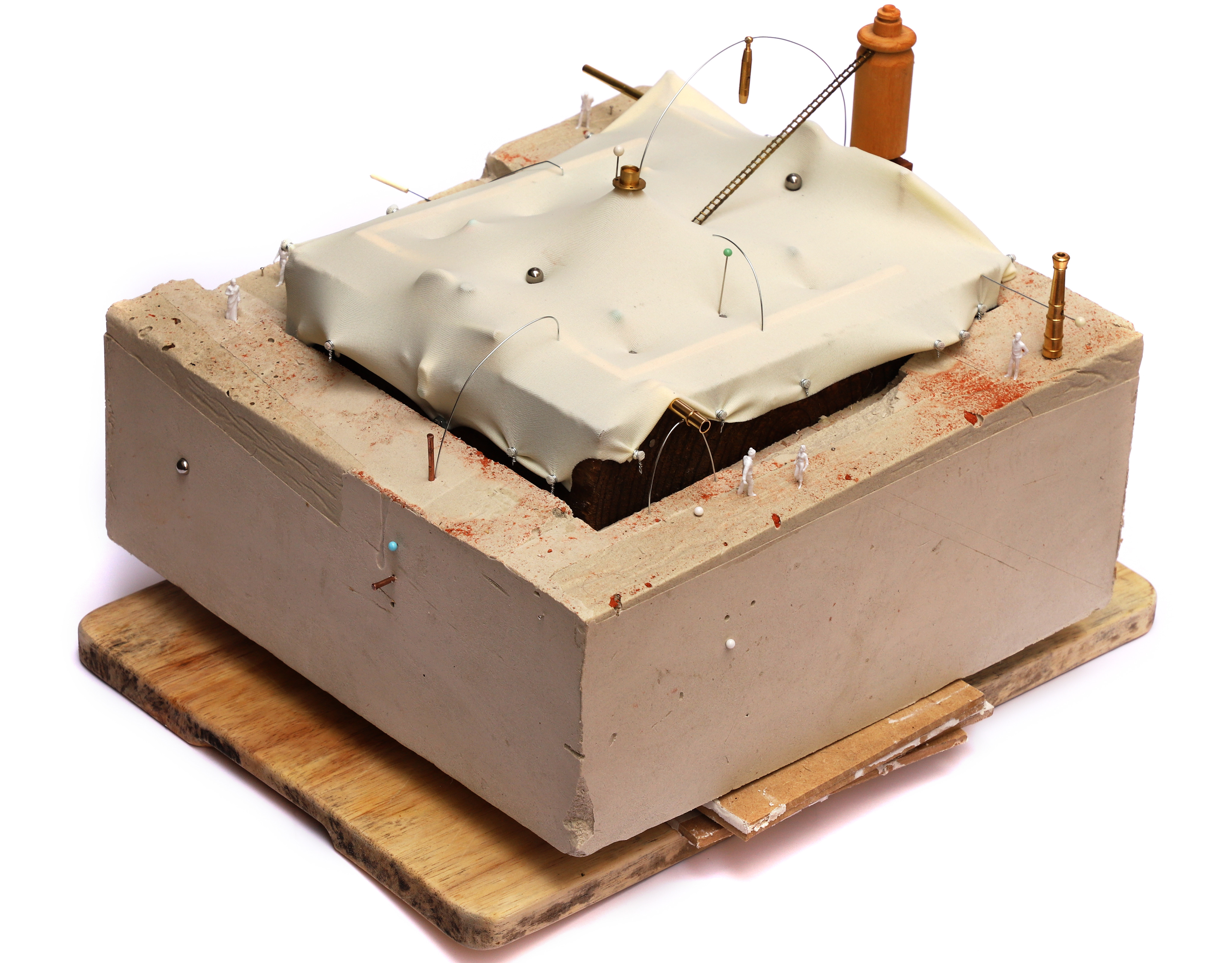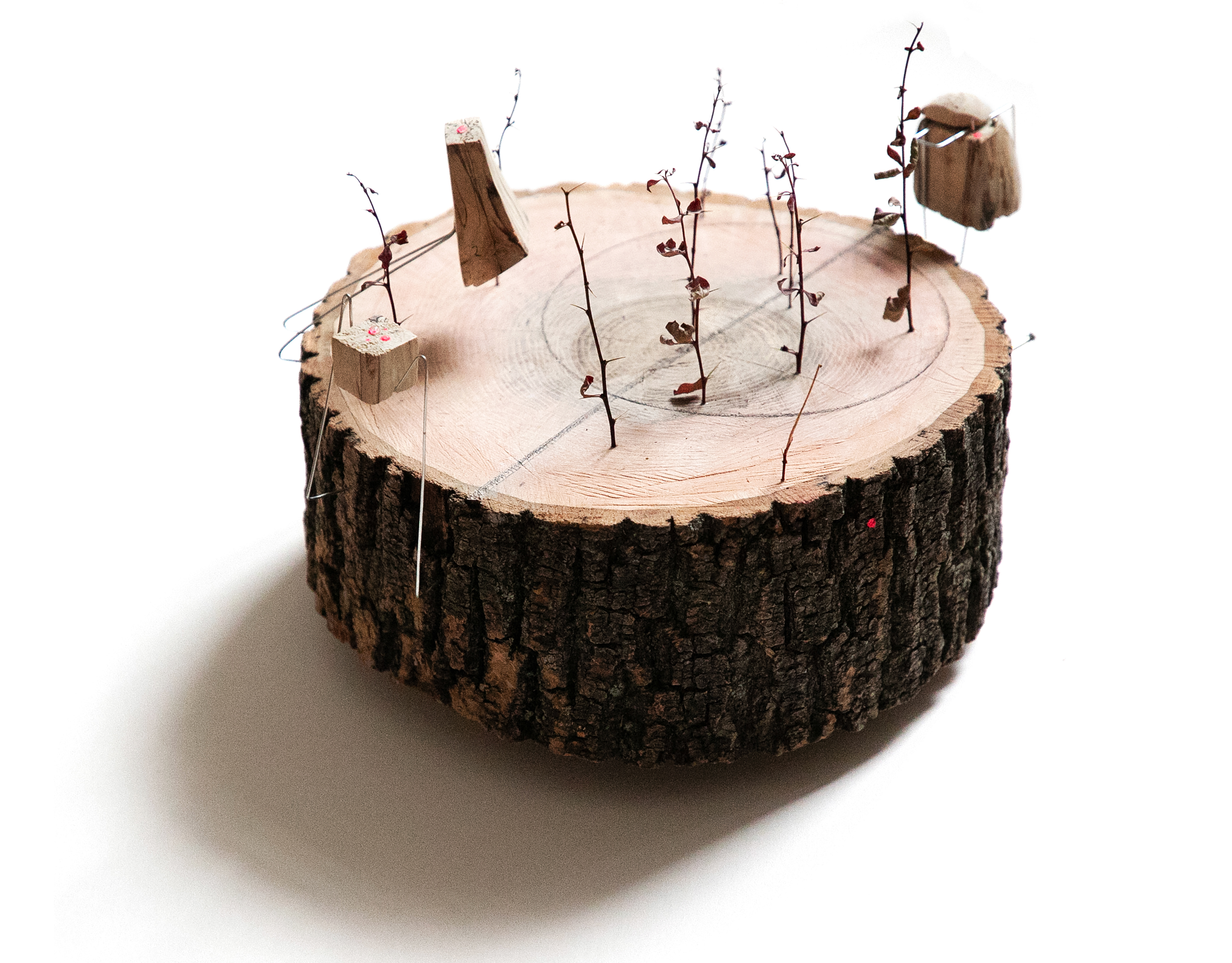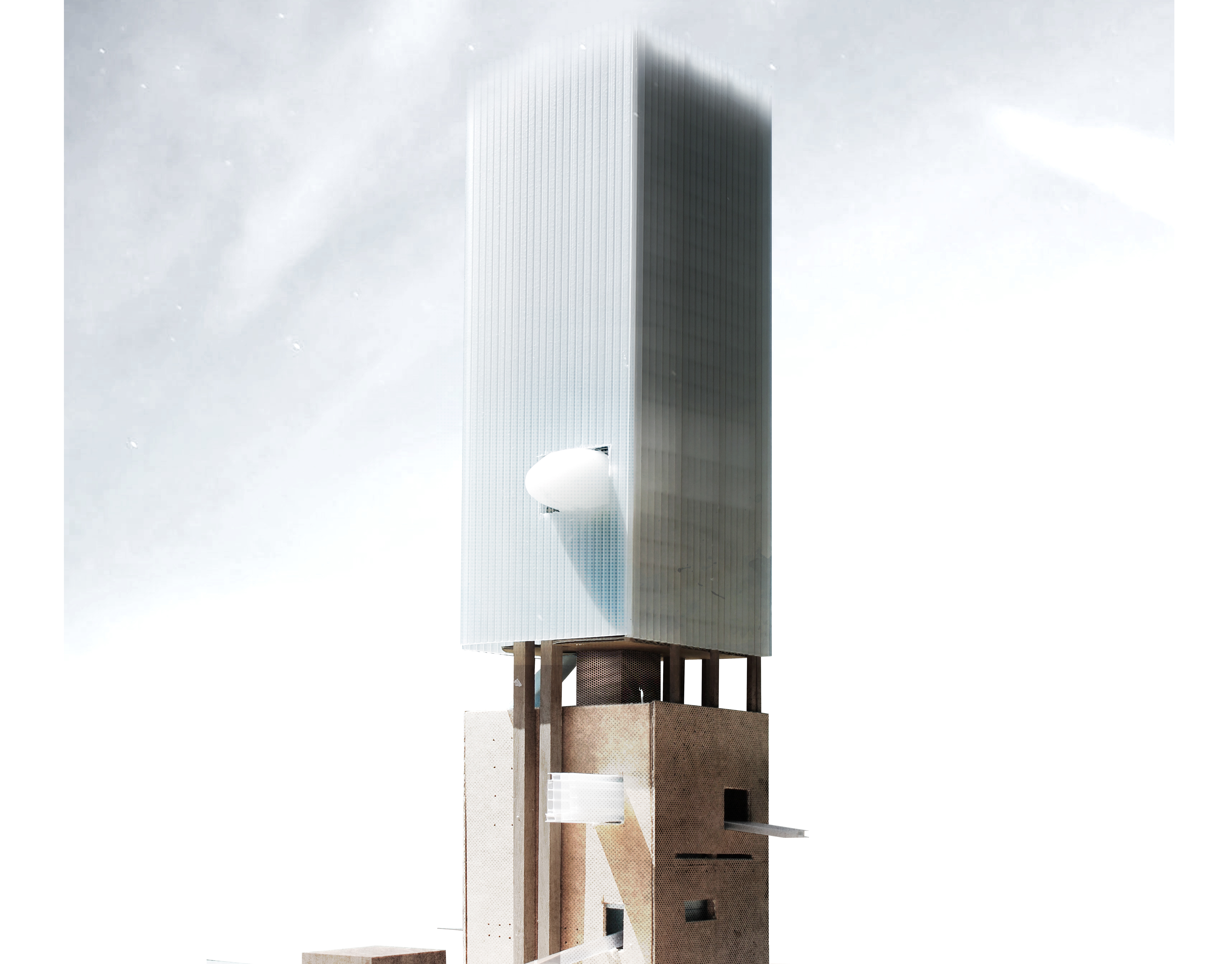With the growth of urban centres and new technologies that make possible faster and more efficient relations, Milan, the fashion capital and Italy’s leading financial centre find itself now in the centre of an urban redevelopment boom that promises to create new connections, blurring even more what are now very defined borders. The railways, once part of a different reality, peripheral and suburban, find themselves in the current context encircled by the urban fabric of the city. This areas, far from playing a very active role in the functioning of the surroundings are voids, and as so appear to be continuously distancing themselves from the urban reality of the city, filtered by different kinds of enclosures, painfully empty and heavy, ambiguous, discontinuous, extensive, and fragmented, cities of conflicting potentials; the reality of the railways in an expanding city like Milan is theirprogressive inclusion in the city pattern, becoming part of what will be in some decades a wider city centre. An intervention in this area with all the difficulties it represents would mean a revolutionary driver and a shift in the way the city of Milan is perceived, what now are useless ruins of the industrial revolution can become a vital and central element in the flourishing of Milan as a heterogeneous and polycentric European city. The need for new housing projects is part of the current reality of Milan, with several interventions moving towards the expansion of the city to the periphery. Parallel to this phenomenon it is important to understand the corporeality of this city as an ever changing metropolis with very importantfluctuations of its inhabitants and visitors that arrive to take part in innumerable international events. Fashion, Design, Food, the city users is always modifying its density, never permanent. This element is taken into consideration as a driver for this intervention project: a“City of Spectacle”, always modifying itself, dealing with the unpredictability of the market.

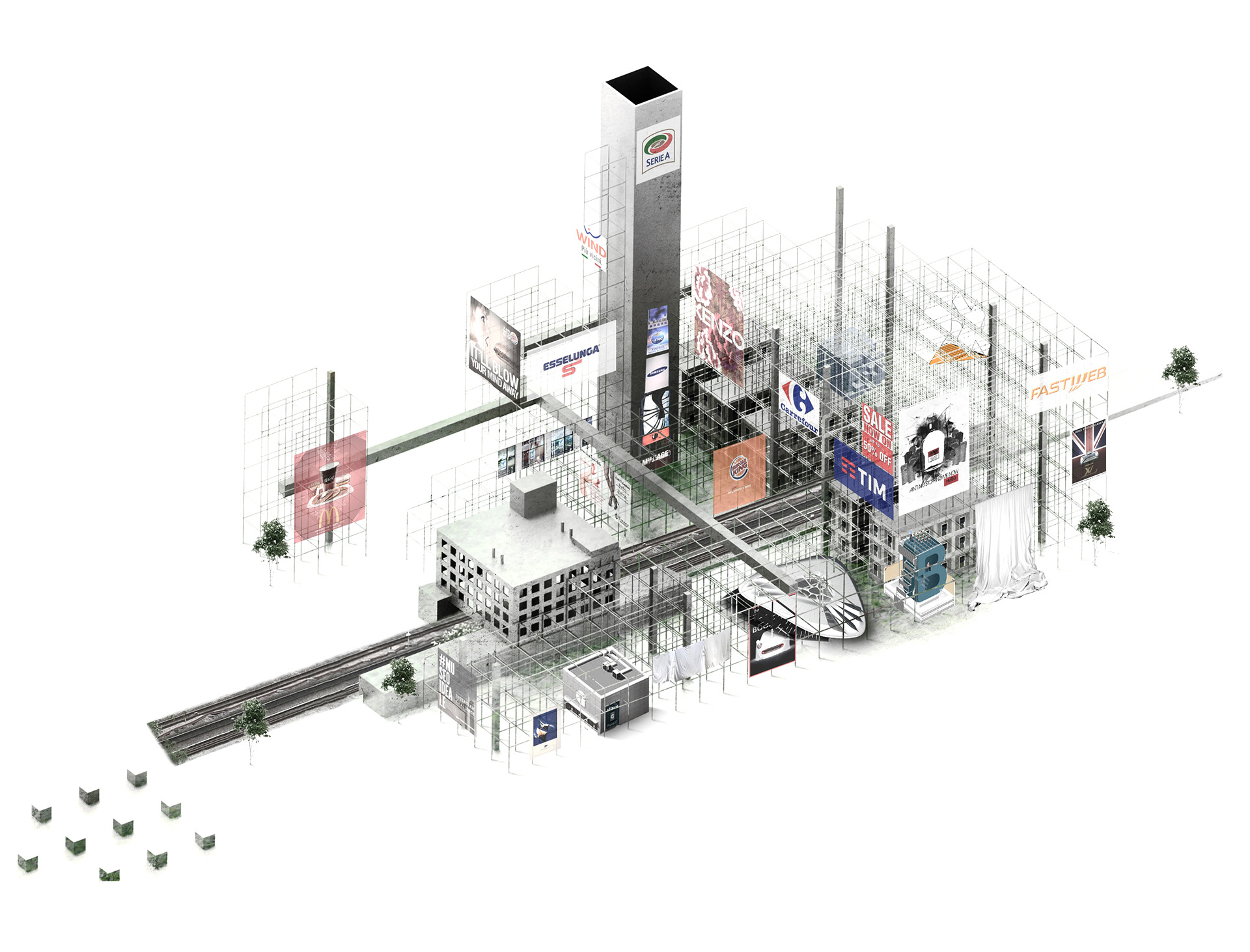
The idea is to create a complementary spectrum of events to exploit to the maximum the new infrastructure, creating a 24h liveliness that will happen with excessive grandeur in the railways belt. The intention moves around the implementation of a new configuration that is a mix of mobility, communication, technology, market, entertainment and the city that works with a primary base in the mobility of local citizens and visitors and that assimilates the variations of density of the metropolis during a whole year, the railways become a cushion thatfilters and absorbs its context.
The concept of the temporal and the ever changing is linked with the reality of Milano as a city of Fashion and Fairs. The creation of vast open areas in this zones would end up, inevitably, with the growing of peripheries, sites of questionable quality, but, if we declared market and speculation the aim, success would be almost inevitable. Instead of creating a new urbanization, repeating the surroundings we could create an area of major economical contests. The railways would become a point of filter and redistribution of the mobility in the city, all surface, a self regulatory urban organism.

